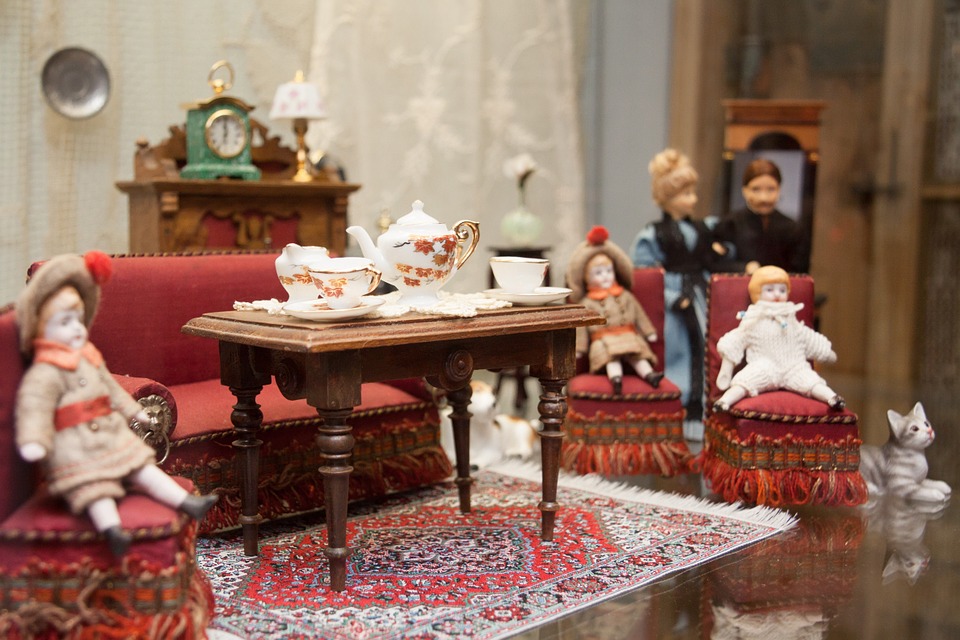Is Nora’s Behavior More Probable for a Modern Woman than for One from the 19th Century?
Introduction
The society of the 19th century was far from providing optimal gender equality. Although the activists of first-wave feminism came forward in 1848, the traditional worldview and principles still prevailed. Thus, in 1879, “when Henrik Ibsen’s Nora Helmer first took off her wedding ring, emptied her purse and slammed the door, it caused a sensation” (Gold). The attitude and decisions of the main heroine change throughout the play’s plot, but in the end, she acts the same way a modern woman with a contemporary worldview and a sense of self-worth would do.
Nora’s Behavior and Husband’s Attitude Towards Her at the Beginning
At the beginning of the play, readers understand at once that there is an atmosphere of the patriarchate in the Helmers’ house. Torvald calls Nora “my squirrel,” “my little skylark,” and “my little spendthrift” (Ibsen 1-3). He doesn’t treat his wife as an adult, mature woman who is a mother of his three kids. Nora behaves in conformity with her husband’s expectations. She dances, claps her hands, and makes many neglectful suggestions, allowing Torvald to lecture her all the time. Later, it becomes clear that her childishness and nonchalance are pretended. In fact, “Nora is being forced to live a life structured and organized by the male dominated society in order to be acknowledged as an ideal woman” (Azam 14).
Nora’s Secret and Motives
When Nora reveals her secret to Christine, readers can see that she is not as helpless as it seems at first sight. She saved her husband’s life by borrowing money in an illegal way, without his permission. Although she is proud of her act, she keeps paying back debt without telling her husband. If Torvald knew the truth, it would be painful and humiliating for him. Nora understands that as soon as her husband discovers her independence, their “beautiful happy home would no longer be what it is now” (Ibsen 16).
How Working and Self-Realization Empowers Nora
Not only does Nora earn money by herself, she enjoys this self-realization. The main heroine tells Christine that she felt “a tremendous pleasure” while working, as it was like being a man. In the social circumstances of that time, women had few possibilities to cultivate their sense of self-respect. Academic literary critic Egil Törnqvist left the following comment on her behavior: “No wonder she relishes her secret knowledge that she has performed an independent act of extreme altruism, an act that is her pride not least because it creates a balance within the marriage. Seemingly totally dependent on her husband, Nora knows that at least once in his life Helmer has been totally dependent on her” (28).
Controversial Final
The play’s finale was absolutely unacceptable for 19th-century society. Nora decides to leave her family and live independently. She states that her most sacred duties are duties to herself. Although she’s become a mother and wife, she is, above all, “a reasonable human being” (92). Her behavior might seem inappropriate even today, but it is not an impulsive decision of the capricious woman. Azmi Azam explains that “this ego consciousness of Nora may be evoked for the discrimination she faced from the very childhood to her married life” (14).
Conclusion
Nora’s actions and decisions are untypical and extraordinary for women of her time. That’s why, as Bernard Shaw wrote, “the slam of the door behind her is more momentous than the cannon of Waterloo or Sedan” (541). The willingness to be independent and realize their full potential is more common for the women of the 21st century. Today, wives don’t need to hide behind husbands’ backs and have every right to support the earning of the household and be equal to men. Thus, Nora’s behavior and decisions would be more probable for a modern female heroine.
Works Cited
Azam, Azmi. “Nora Helmer in Ibsen’s A Doll’s House: A Feminist Concern in English Literature.” Journal of English Language and Literature, vol. 1, no. 1, 2014, pp. 13-17., doi:10.17722/jell.v1i1.7.
Gold, Sylviane. “‘A Doll’s House’ in Contemporary Suburbia.” The New York Times, The New York Times, 14 May 2010, www.nytimes.com/2010/05/16/nyregion/16theaterct.html.
Ibsen, Henrik. A Doll’s House. Dodo Press, 2005.
Shaw, Bernard. “A Doll’s House Again.” Review of A Doll’s House by Henrik Ibsen. The Saturday Review, 15 May 1897, vol. 83, no. 2168, pp. 539–41.
Törnqvist, Egil. Ibsen: A Dolls House. Cambridge University Press, 2000.
Let Our Experts Help You With Writing A Doll’s House Essay
If you don’t know how to write your paper, we offer you the option of using our writing service. According to our satisfied customers, we do a great job in helping students with their writing assignments. We are not going to cheat you, as our reputation is important to us, and we want you to come back to us and order more papers. High-quality papers written by our writers are what we are proud of. If you want to improve your situation, simply place an order with your requirements and set the deadline. You will receive your paper on time or even earlier. Moreover, students from all over the world can use our service, as we work 24/7 so that you can get in touch whatever time zone you are in.
Tell us what paper you need and receive what you expect!
